This question is about a historical point of view.
I was watching this video about a Soviet-era dialer. As many Russian devices of that time, the construction is simple and in some aspects strange (designed with simple tricks to lower the cost).
At 13:59, the youtuber tells us that the upside-down position of some components (similar to dead bug) is to mitigate vibration and to give some heat sink capacity due to long terminals.
Is this a good hypothesis? I have never seen this in Western equipment of the same era. Why not?


